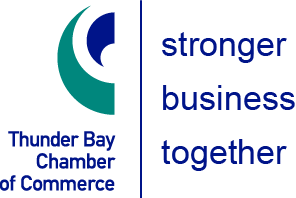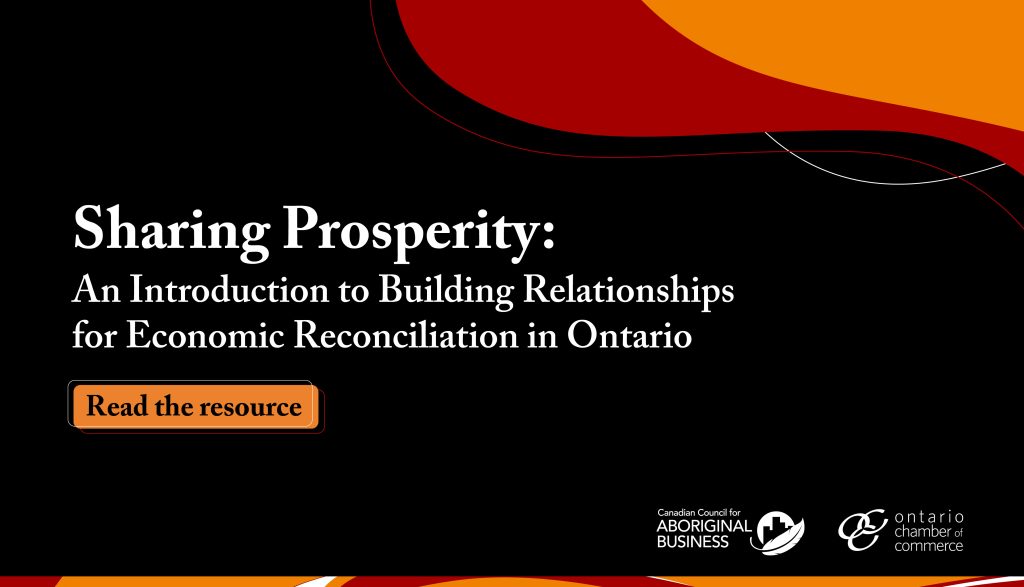Is your team stagnant, or is there a sense of tension in your department? It may not be “just your gut feeling,” but rather an indication that your team is in a “flight or fight” mode. Today, we’re looking at three distinct emotional states in the workplace, fight, flight, and flow, and the implications when leaders shift out of flow and into flight or fight.
Start With Team Analysis
The condition of your workplace may reflect your own state of mind as a leader. If you’re feeling in flight-or-fight mode, it’s hard to lead your teamin a creative, problem-solving flow.
Let’s look at the emotional state of each “zone”:
- Fight is a feeling of anxiety or a need to trump a co-worker in being right. The fight feeling is one where people feel threatened or there is a noticeable divide between groups in a team. Stress in the work environment and a lack of direction or resources can lead to infighting. Office politics and unskilled leadership can lead to people being more focused on fear of failure or retribution, and the team loses cohesiveness.
- Flight feels like wanting to hide and avoid conflict. In this environment, employees feel like there’s little they can do to change things and mainly keep their heads down. Innovation stagnates, and enthusiasm for the team’s goals wanes.
- The flow state is one where collaboration and innovation are at their highest. Everyone on the team feels relaxed and excited about the project or new ideas. “Flow state” is a feeling of creative energy, cited by professional athletes, musicians, and writers as a time when they’re focused on a goal. For collaborative teams, flow state is the kind of working environment where everyone is focused on the task and feels they’re heard.
Becoming more self-aware of your own working emotional state and the state of others around you can help you make better leadership decisions.
Solving Fight or Flight Mode to Achieve Flow
A new project, start-up company, or special team often starts with a lot of energy and enthusiasm. Over time, however, and with poor leadership, the organization can shift from a productive, cohesive team to a more toxic workplace, and leaders lose a sense of cohesiveness and flow.
So how can leaders keep their team from slipping into a fight or flight mode? The first way is to look at your emotional state. Are you tense and hyper-focused on being “right” more than team success? Or maybe you feel like your suggestions for improvements are like yelling into the void, and your team has given up. If you note that you’re consistently in flight-or fight, your team has probably picked up on it, and they, too, are mimicking your state.
Stop, take a breath, and calm yourself. Once you’re calm, assess the workplace situation to determine what’s causing your frustration. Is there competition among team members for scarce resources? Is your team frustrated because their suggestions are falling on deaf ears? Is office politics or territorialism reducing efficiency? Once you’ve found the problems, you can work toward a solution.
When your employees see you working to change and address their concerns, they, in turn, may follow your lead. However, moving from a flight-or-flight workplace environment can take time, so it’s essential that you show patience and a commitment to resolving the issues that caused your team to stagnate.

















